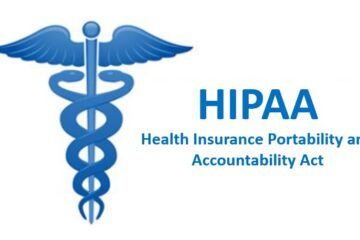Summary of the actual regulations valid in the European Union
Medical Device Directive (MDD) has been the body which regulates the marketing and safety of medical devices in Europe since the 1990s. In contrast to FDA, the EU classifies medical devices into four classes depending upon their risk level and intended purpose. These include classes I, IIa, IIb, and III. The higher the class, the greater the level of assessment. Moreover, all devices should have a CE mark prior to marketing in Europe. This mark ensures that the device fulfills the safety criteria and can be sold freely without some additional controls. This process is managed by EU-accredited private organizations named notifying bodies (NBs). NBs are observed, appraised, and nominated by the member states by means of the national competent authorities. Important functions of this body include device certification, class designation, quality system verification and assessment, and design dossier reviews. For approval, a manufacturer must select an NB to endow certification of a new device for CE marking. After device approval, post-market surveillance is the authority of member states through a competent authority.
On April 5, 2017, the EU adopted the new Medical Devices Regulation, replacing the two existing directives, the Medical Devices Directive 93/42/EEC and the Active Implantable Medical Devices Directive 90/385/EEC.
The legislation in the form of a regulation, rather than a directive, is directly applicable at the national level without the need for transposition through specific national legislation.
The purpose of the new medical device regulation is to address some of the critical issues of the old directives, as well as the rapidly evolving science and technology in the field of medical devices. To this end, it introduces several key improvements, including:
– tighter control for high-risk devices through a new premarket verification system involving an EU-wide pool of experts;
– strengthening of designation criteria and oversight processes for Notified Bodies;
– inclusion of certain aesthetic devices with the same characteristics and risk profile as similar medical devices in the scope of the Regulation;
– increased transparency through the creation of a comprehensive EU database on medical devices and a device traceability system based on unique device identification;
– introduction of an “implant card” containing information on medical devices implanted for a patient;
– strengthening of rules on clinical trials, including an EU-wide coordinated procedure for the authorization of multi-center clinical investigations;
– strengthened post-marketing surveillance requirements for manufacturers;
– improved coordination processes among EU countries in the areas of market surveillance and surveillance.
Source and more info: https://www.intertek.it/dispositivi-medicali/regolamento-mdr/



0 Comments